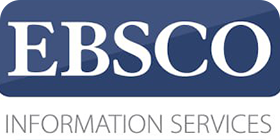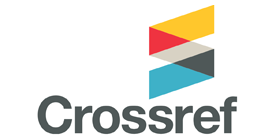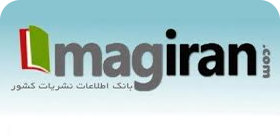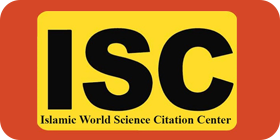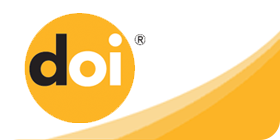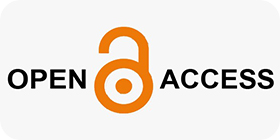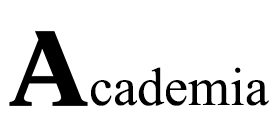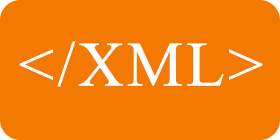Validation a Hybrid Learning Model in Secondary Education
Keywords:
Hybrid learning, secondary education, technology integration, student engagement, learning outcomes, teacher competence, instructional strategiesAbstract
Purpose: The objective of this study was to design and evaluate a hybrid learning model tailored for secondary education. Methods and Materials: This quantitative study employed a descriptive-survey design. A total of 247 secondary school teachers were selected through stratified random sampling. Data was collected using a researcher-developed questionnaire, which assessed various components of hybrid learning, including teaching methods, technology integration, student engagement, and learning outcomes. The questionnaire contained 30 Likert-scale items, and its reliability was confirmed with a Cronbach's alpha of 0.87. Data analysis was performed using SPSS-27, employing descriptive and inferential statistical methods, including t-tests and regression analysis, to evaluate the effectiveness of the hybrid learning model. Findings: The results indicated that the hybrid learning model was perceived as moderately effective across various components. Teachers rated "Improvement in Learning Quality" and "Use of Technology" highly, while "Teacher Competence" and "Performance Evaluation" were rated moderately. The model showed significant potential in enhancing student engagement and learning outcomes, particularly through the integration of technology in the classroom. Additionally, the one-sample t-test confirmed the overall validity of the model, with statistically significant results for all evaluated components. Conclusion: The hybrid learning model demonstrated effectiveness in improving educational quality and student engagement in secondary education. However, its success depends on factors such as teacher competence, technological infrastructure, and professional development. While the model shows promise, further research is needed to address the challenges related to implementation and optimize its effectiveness across different educational contexts.


